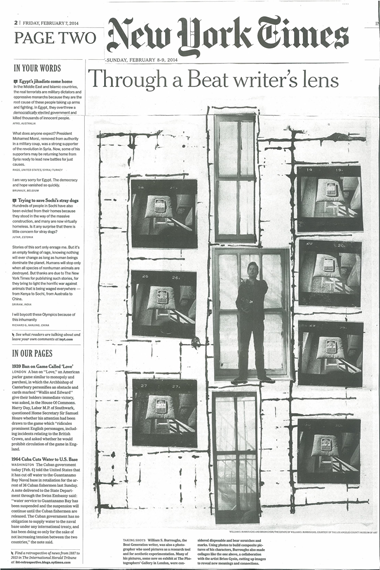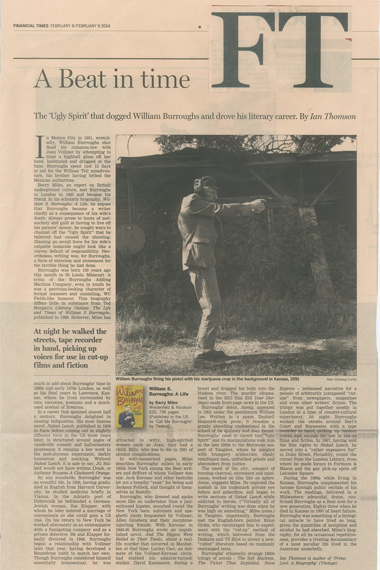'The Flower Women'
oil on double-canvas panel
600 x 300 cm (2016)
Sales enquiries: RIFLEMAKER: Stand A5 Ground Floor: m: 07794-629-188 or 07719-745-766
PICASSO IN CONTEMPORARY ART at Deichtorhallen, Hamburg, was an exhibition of ninety artists who have used Pablo Picasso in their work, including Wolfe von Lenkiewicz. From the same series and on a very grand scale The Flower Women (2016) embodies the notion of an artist in dialogue with another 'spirit'. Lenkiewicz (b. 1966) puts on Picasso's cloak and begins to trim and edit, adding the aesthetic of ukiyo-e (floating world) to a dramatic universe where East and West, ink and oil collide as the artist reconfigures, reimagines and reinvigorates one of the image-makers of our time.
Cubism meets Art Nouveau on a flat perspective where samurai, Gilot faces in silken robes and skeletal multi-profile figures become 'players' amid decorative flora and fauna - the 'inside out' stage-set inspired by the Japanese 19c master Kikukawa Eizan. The sheer ambition of the work, together with Lenkiewicz' deft handling of these disparate aesthetics conjure an extraordinary group portrait using the same principles Picasso himself employed while re-making Rembrandt and Velazquez.
In the Hamburg exhibition were works by Picasso himself and those influenced by him including Richard Prince and Lichtenstein, proving that creativity cannot exist without the past. Harold Bloom used the phrase 'The Anxiety of Influence' to describe the artist who wishes to cast himself as a genius of radical novelty by claiming no debt to past giants.
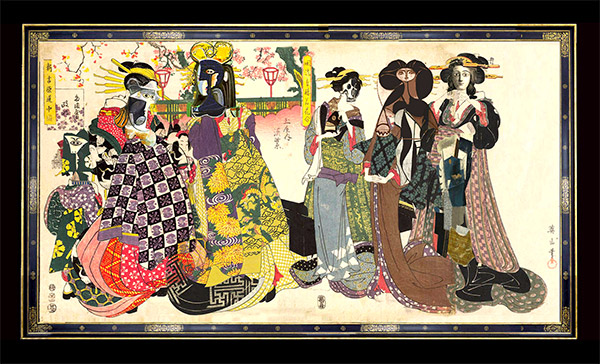
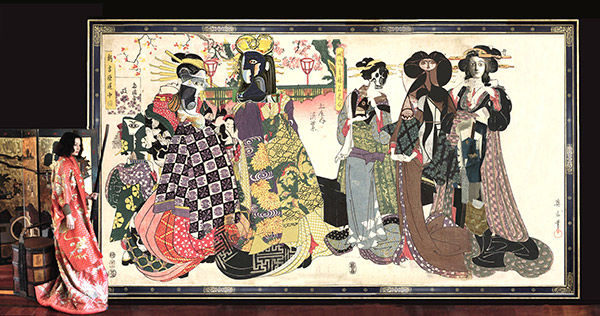
Riflemaker is now previewing (at 79, Beak Street) new paintings by WOLFE von LENKIEWICZ
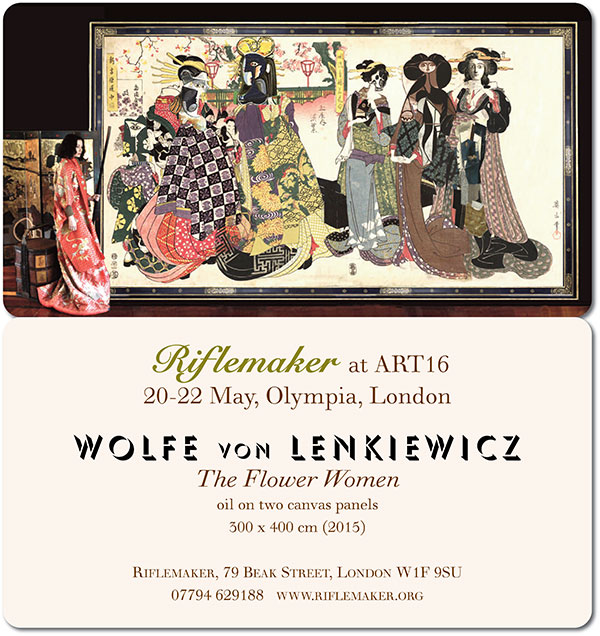
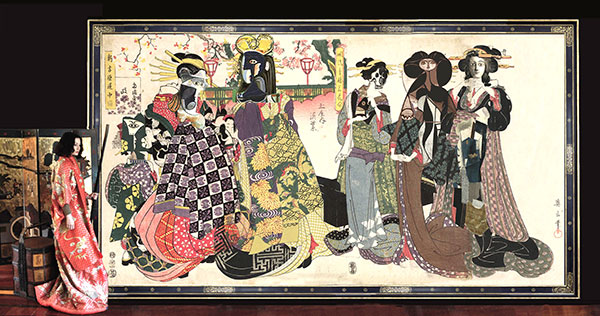
'The Flower Women (2015)
oil on two canvas panels (double)
(300 x 400 cm)
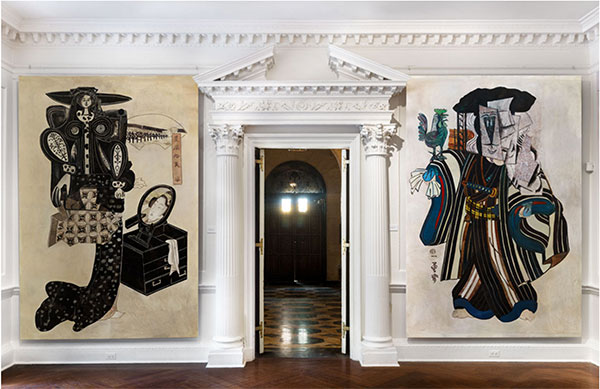
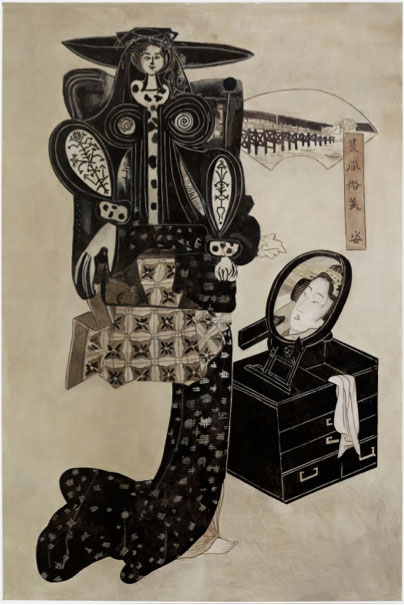
'Girl in a Mirror' (2015)
300 x 200 cm
(oil on canvas)
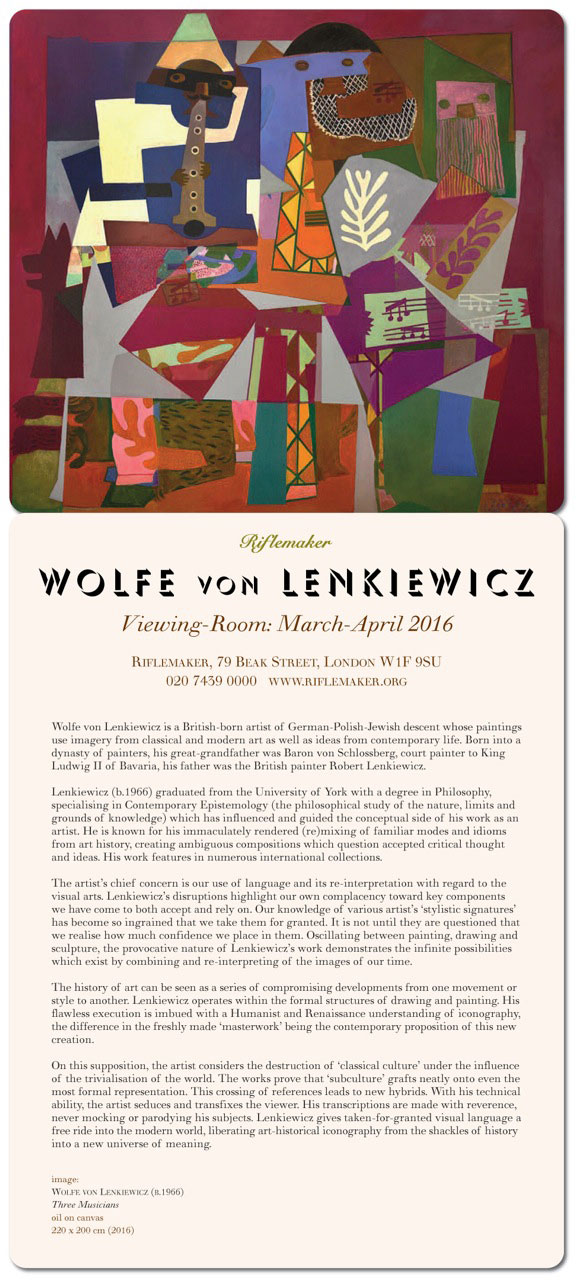
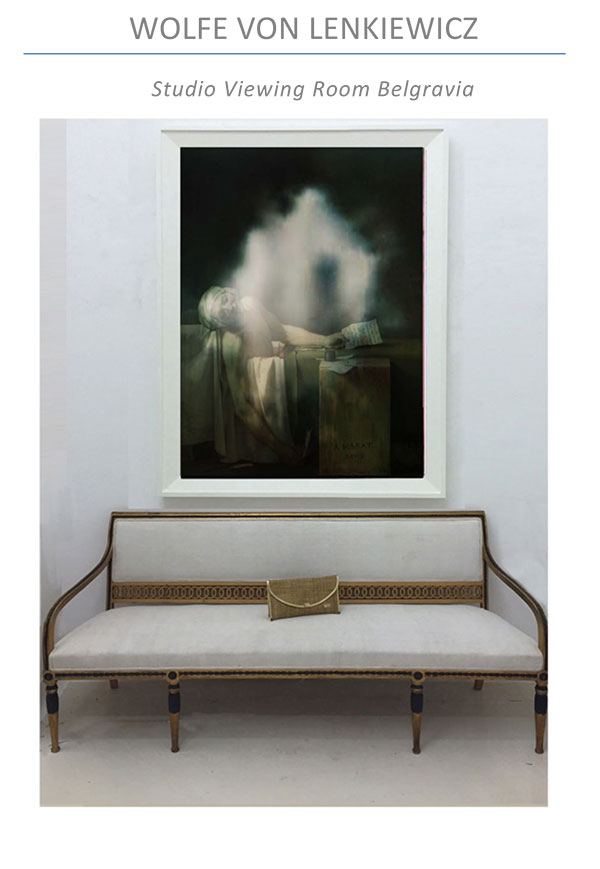
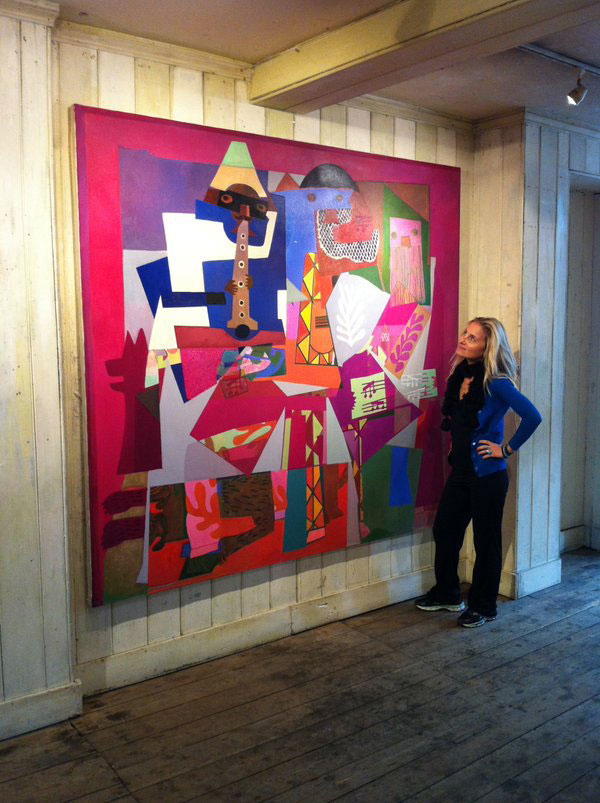
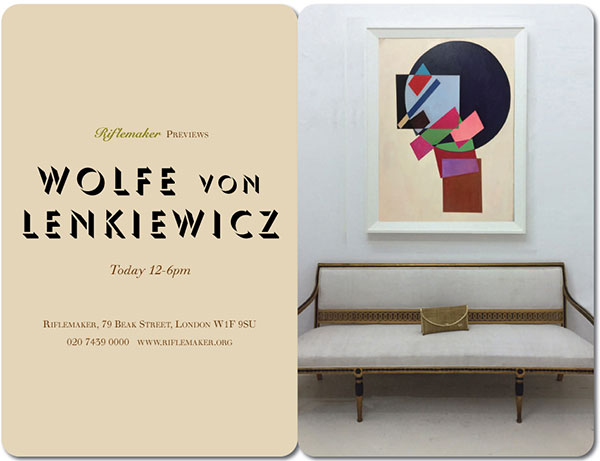
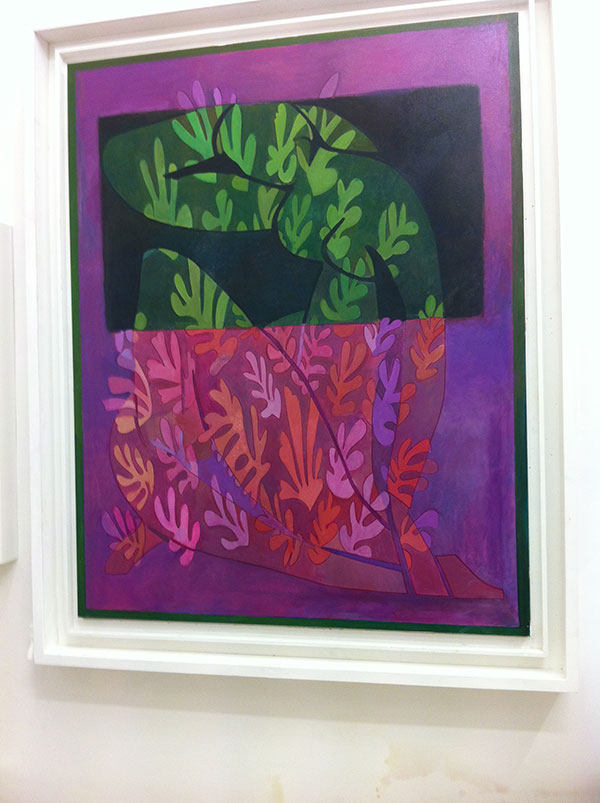
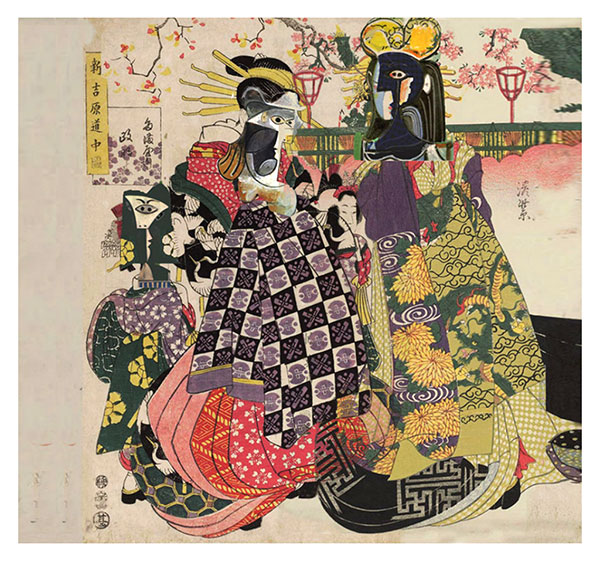
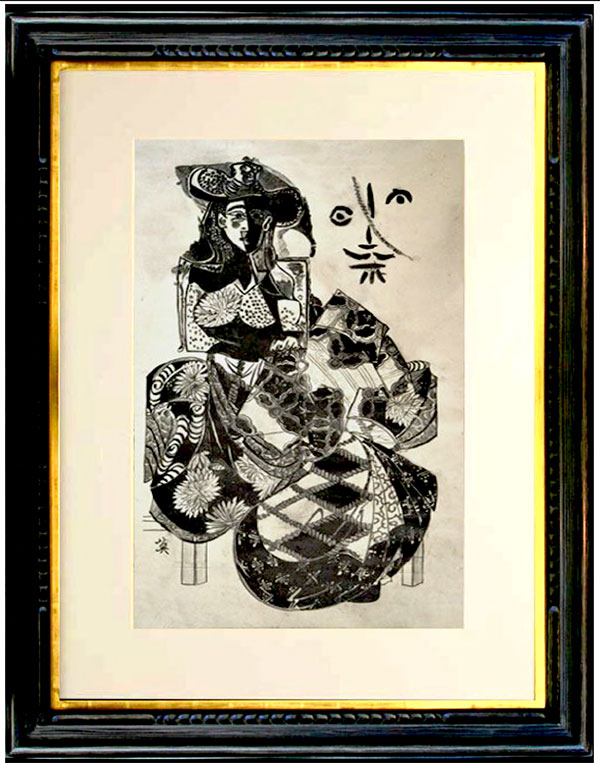
'Delirious Picasso 1'
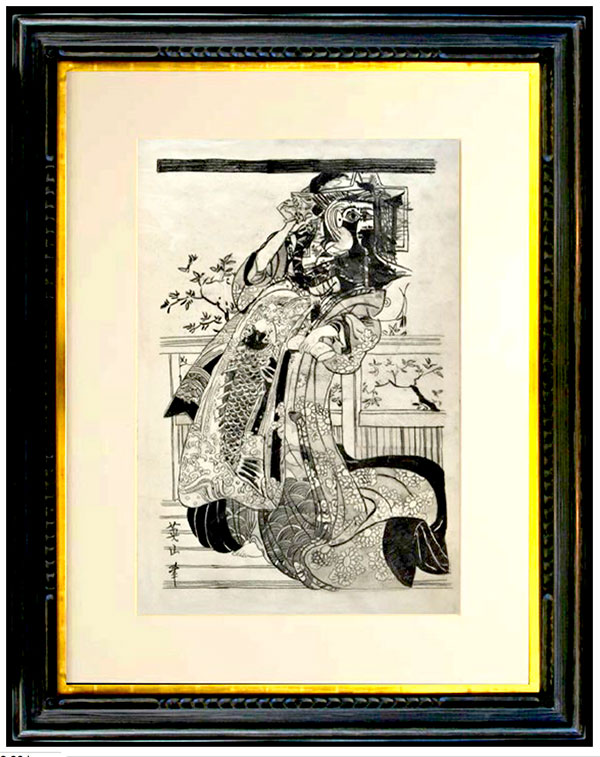
'Delirious Picasso 2'
DELIRIOUS PICASSO' is an exhibition of works by the British artist Wolfe von Lenkiewicz. Known for his reconfigurations of well-known art historical imagery and contemporary visual culture, his latest series of paintings juxtaposes Picasso's oeuvre with the art of ukiyo-e to create a surprisingly harmonious marriage between East and West through a dramatic and riotous explosion of colour and style. The artist employs the flat perspective, translates the medium of ink into the medium of oil, adopts the fine vigorous line and the sumptuous use of colour and intricate pattern exemplified by Japanese wood block printing. Manifest is the work by Kikugawa Eizan, the late follower of Utamaro, known for the most part for his depiction of beautiful women (bijin-ga). The contradictory qualities inherent in Lenkiewicz's reassembled paintings defy convention whereby the refined elements of the floating world imagery seamlessly merge with the jaunty, syncopated rhythm and vitality of the figures that are synonymous with Picasso.
DELIRIOUS PICASSO comprises of 14 paintings that make up two distinct series of works entitled 'The Guards of the Void' and 'The Giants'. The 14 Picasso and Kikugawa reconfigured paintings each measure three by two meters. Familiar Picasso motifs appear, particularly the musketeer smoking long clay pipes, unified with courtesan and samurai figures, as well as fabrics, flora and fauna inspired by Japanese ukiyo-e. The sheer scale of the paintings together with Lenkiewicz' deft handling of these two seemingly disparate aesthetics, form an arresting series of portraits that demonstrate the reconcilable nature of Eastern and Western aesthetics and especially the different Cubist and ukiyo-e approaches. It is almost as if the Japanese has invented a more controlled version of Cubism a century before Picasso. Lenkiewicz's re-imagined paintings lead us reassuringly with the familiar and yet shocking us into a new evaluation of context and meaning.
What if Picasso had fully embraced the Japanese?
Although Picasso expressed an ambivalent attitude to the Japonisme movement and famously quipped to Gertrude Stein that he had no taste for the art of Japan, it was recently discovered that he personally owned more than sixty erotic prints, (otherwise known as shunga). It is apparent that echoes of the Far East, and Japan in particular, were central to his artistic genesis as were the tribal arts of Africa and Oceania. Harold Bloom used the term 'The Anxiety of Influence' to describe the artist who wishes to cast himself as a genius of radical novelty by claiming no debt to past giants.
One historian described Picasso's arrival on the Parisian art scene as that of 'a vertical invader', a sudden bolt of absolute novelty. The reputation for radicalism was an identity he gave himself and continued to perform for the rest of his artistic career. There are many overtures between Picasso and America, America and Japan, the East and the West that informs Picasso's work. Picasso's 'invasion' of America celebrated the 'New Spirit' with the spectacular Ballet Russes production Parade in Chicago (1917) and included performers wearing cardboard skyscrapers, playful new symbols denoting ambition, success and sex. The Beaux Arts Ball in New York (1931) subsequently featured architects wearing iconic skyscrapers costumes while giddily sipping champagne.
In 1860, the first delegation by the Japanese Embassy included 70 Samurai, who arrived in New York and became a celebrated parade and encounter between the two nations. Lenkiewicz' series The Giants is a metaphor for the samurai spectacle that dazzled New Yorkers. The two distant nations exerted considerable influence on each other in the 19th and 20th centuries both culturally and as trading nations. The title DELIRIOUS PICASSO refers to Delirious New York, a book by the architect Rem Koolhas (1978) that has today attained mythic status. A celebration and analysis of New York, it refers to Manhattan as "the 20th century's Rosetta Stone" and reinterprets the relationship between architecture and culture, the development of the skyscraper and Manhattan as a laboratory for invention and testing of a metropolitan lifestyle or 'the culture of congestion'.
Download Telegraph article: Wolfe von Lenkiewicz paintings soar in price

Previous EXHIBITIONS at RIFLEMAKER
The next two Riflemaker exhibitions will be by MARTA MARCE: Monday 3rd of August
followed by JUDY CHICAGO: Monday 14th September
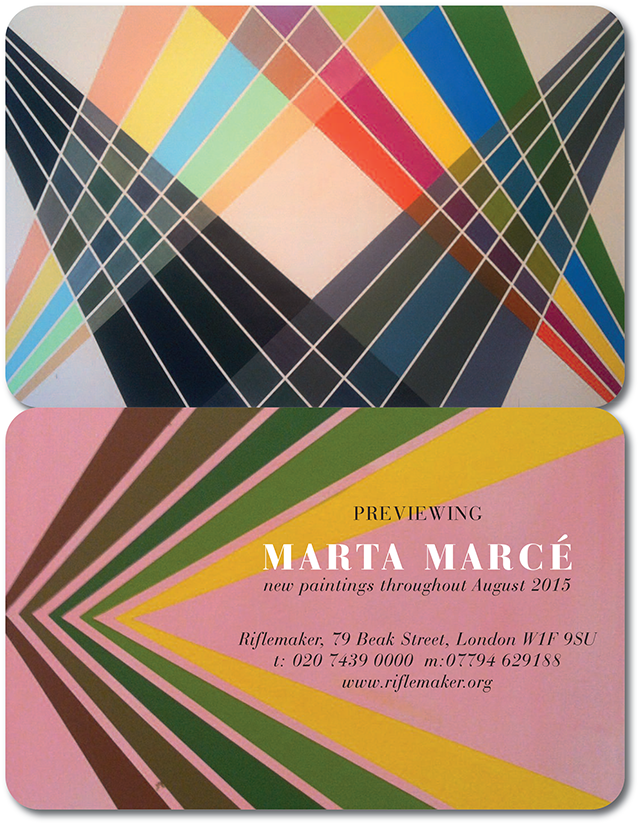
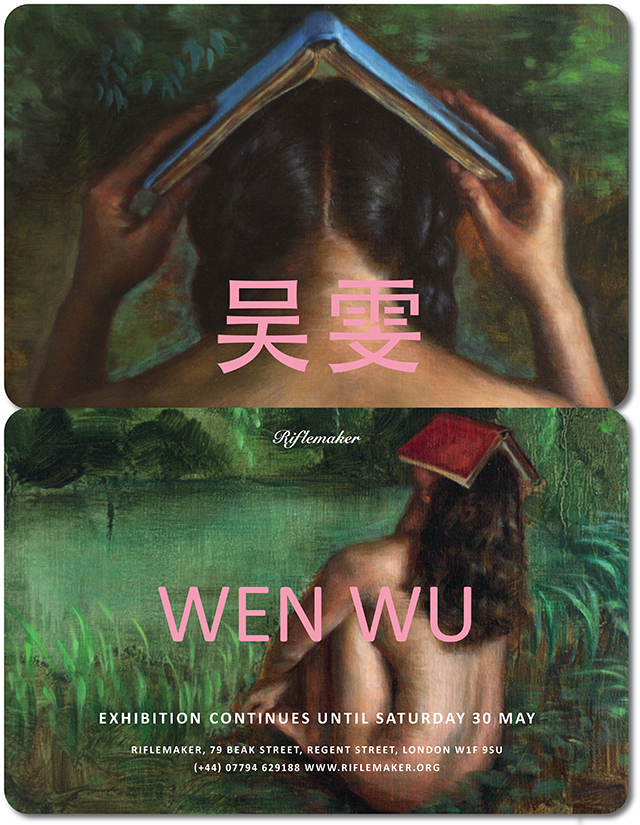
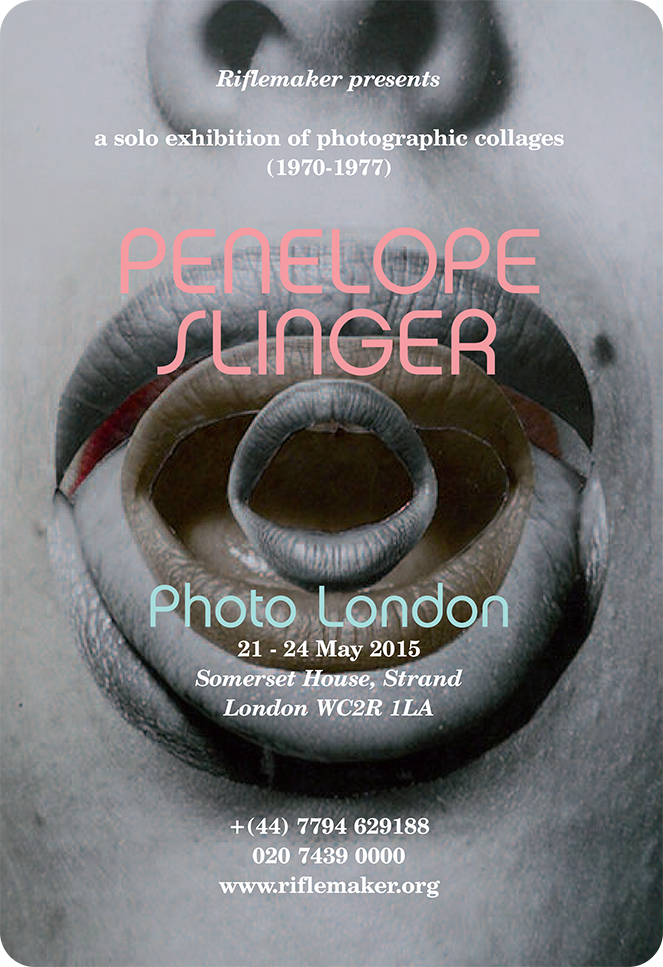
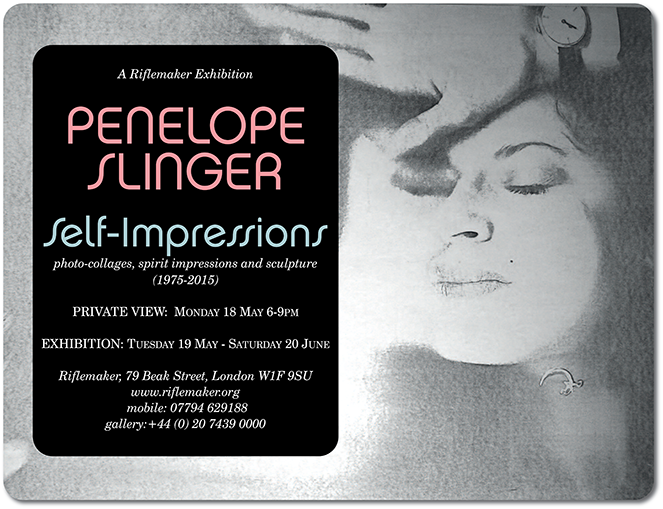
.jpeg)
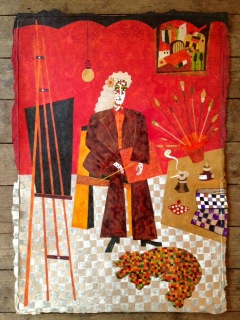
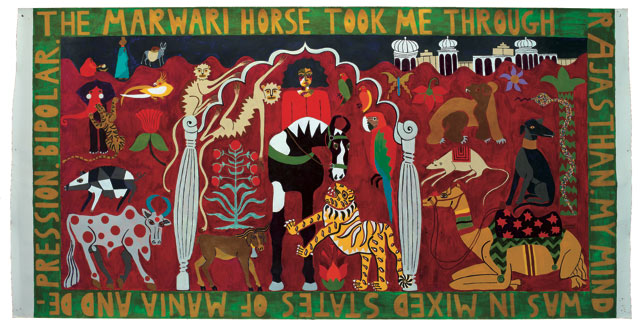
CLICK here to download hi-res image for press and promotional usage:
'The Paintress'
JOSEPHINE KING'S CURRENT EXHIBITION UNTIL TUESDAY 25th NOVEMBER
Josephine King (b. 1965 London) makes ink-paintings on paper. Self-portraits framed by confessional texts which document the often traumatic experiences in the artist's life; her heightened spiritual existence inside 'the atelier', her personal relationships and her day to day experience of living with bipolar disorder. Josephine King's third exhibition at Riflemaker, upcoming for FRIEZE WEEK October 2014, is entitled 'The PAINTRESS'.
Made in France in 2013/14 in two separate series, the new works are inspired by paintings in the collection of the National Gallery, London. King places herself centre-stage in the role of The Artist in The Atelier, a page by page one-woman performance celebrating, in King's case, the all too private, all too intense act of painting; the lone figure against a re-imagined, meticulously ordered, yet claustrophobic stage set - the shrine-like 'receiving-chapel' where it all happens - a seemingly physically perfect chamber plunged into psychological darkness by the storm of the illness. As if directed by Douglas Sirk or Minelli, the scene plays out an almost scripted act of creation within this technicolor world. Tipping life's balance within the act itself.
"Josephine King's festive colours often describe her darkest hours" The OBSERVER
King was nominated for a South Bank Award in the Best Visual Artist category for her debut exhibition Life So Far. Her painting Uncontrollable appears on a UNITED NATIONS US postal stamp issued in 2013. She has been the subject of recent major features in The DAILY BEAST/NEWSWEEK, The OBSERVER and The WEEK.
-----------------------------
"I am in the continuing pursuit of inspiration from the ancient painters. I feel their living power operating through me. I feel compelled to follow the way that they are showing me. I feel close to the things that they were close to: nature, required solitude, fervour, the power of colour to evoke feeling. The words I use enhance the moment of intensity. There is the poetry of words and the 'poetry of painting'.
In painting Modern Woman, I am looking outside of myself rather than just looking within. Showing myself naked in both mind and body depicts how it feels for me to be going against the grain of society. As a woman painter, I have nothing to lose"
Josephine King 2014.
For more works by JOSEPHINE KING please go the ARTISTS section and click on the artist's name.
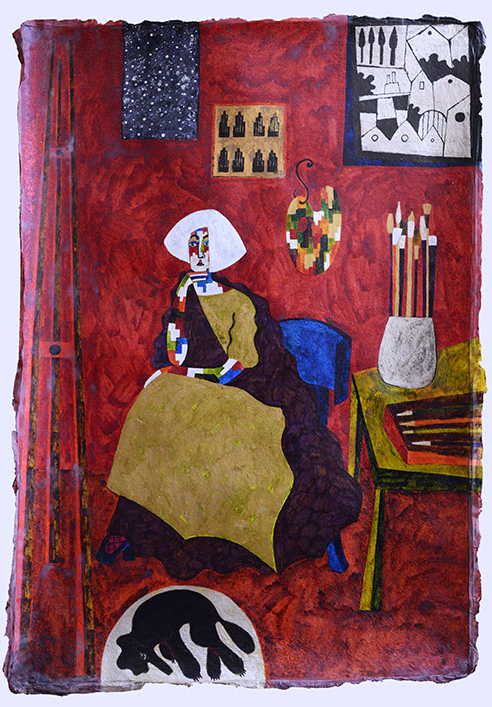
CLICK here to download hi-res image for press and promotional usage:
JOSEPHINE KING
'Cell'
70 x 98 cm
Sennelier inks on handmade paper
(France 2014)
inspired by a drawing by REMBRANDT 'The Studio' (1655) and a painting 'The Red Studio' by Matisse (1911)
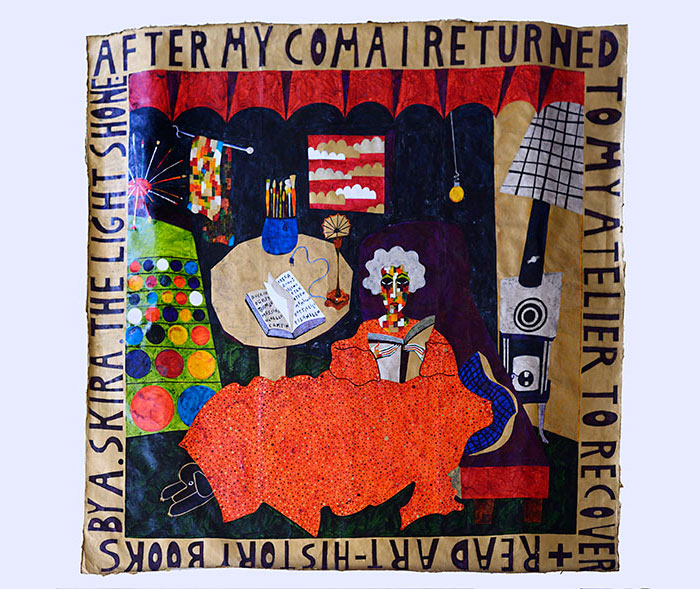
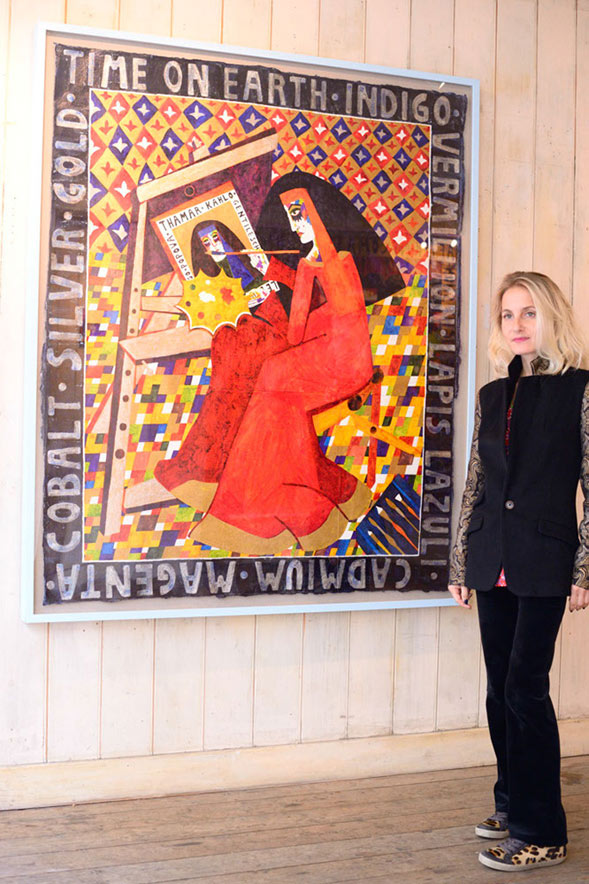
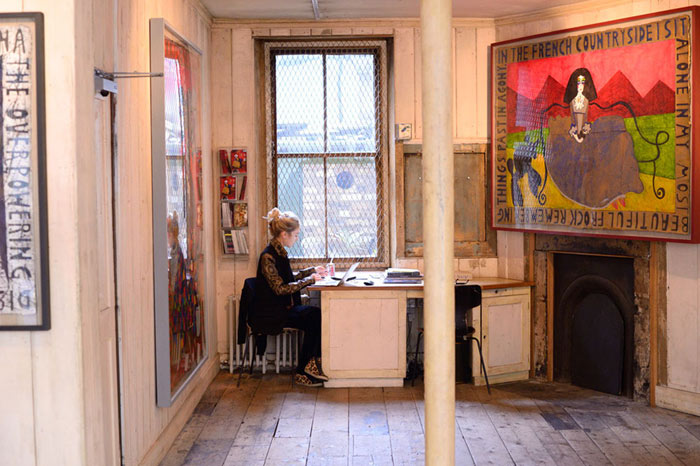
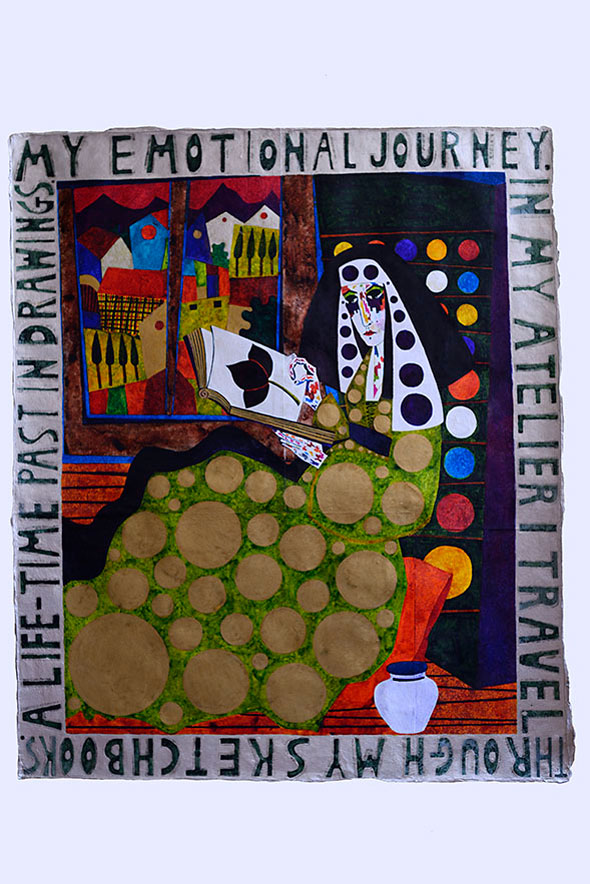
------------------------------------------------------------------------------------------------------------------------
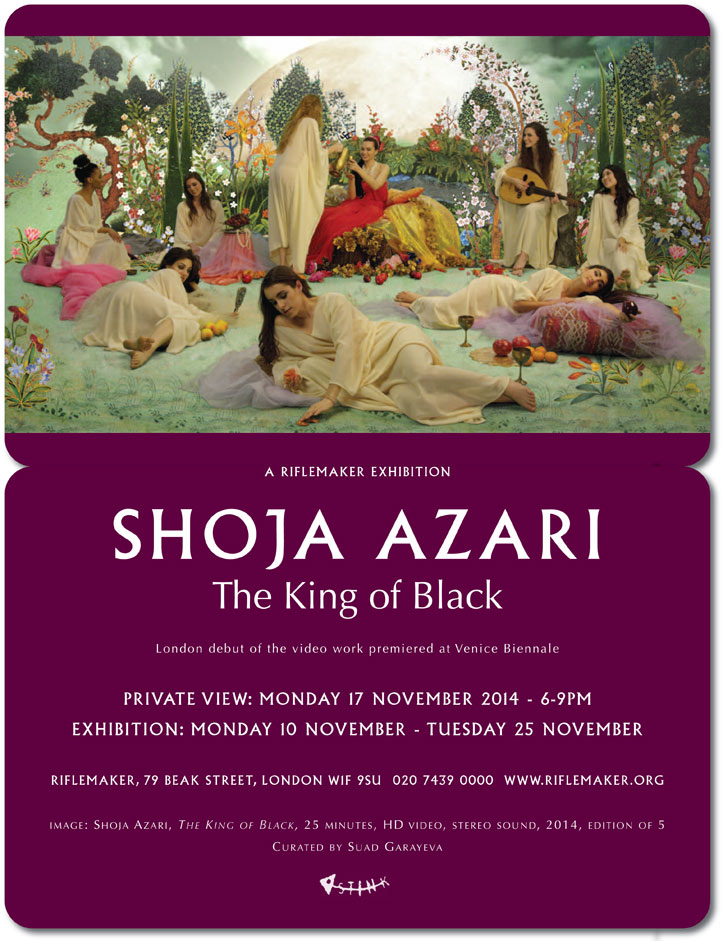
Click here for hi-res image
SHOJA AZARI (Iranian, b. 1958)
THE KING OF BLACK
HD colour video, 24 minutes, stereo sound (2013)
Shoja Azari is a visual artist/filmmaker whose use of film with painting and photography has created striking and culturally refenced. Since 1998, Azari and Shirin Neshat have developed a unique collaboration, producing film and art installations together which have received international acclaim including Turbulent (1998) which won the Golden Lion at Venice that year. The work Women Without Men (2010), a feature written and directed with Neshat, won the Silver Lion at Venice. Basel on the controversial novel by Shahrnoush Parsipour, the film interweaved the lives of four Iranian women during the summer of 1953 - a pivotal moment in Iranian history during an American led coup d'etat. Shoja Azari lives and works in New York City.
Shoza Azari's short film merges live action filmmaking and miniature painting. 'The King of Black' is based on a twelfth century illustrated poem, Haft Paykar (The Seven Beauties) completed by the Azerbaijani poet Nizami in 1197. In the tale, the king visits one of his seven brides, residing in a different coloured dome on successive days of the week. Each bride, in turn, weaves an elaborate story of intrigue and morality, ultimately transforming the king into a 'just' ruler. Azari's film explores the allegory related by the Princess in the Black Dome, one which emphasises the value of patience.
The king searches for the secret meaning behind a city's perpetual mourning and black dress. After one year of searching he is directed to a garden of paradise where he indulges in earthly pleasures for thirty days and thirty nights, yet is consistently denied the affections of the queen of the heavenly realm. Despite her council of endurance the king is impatient. Enable to endure the wait any longer he is returned to earth to forever lament the loss of utopia. Azari's film, and Nizami's poem, meditates on the notion of paradise and the patience required to achieve the promise of heaven.
In order to realise the complex relationship between paradise and patience, the film establishes a visual and an ideological dialectic. The lush setting of the manipulated miniature paintings is realised in the presence of the austerely attired characters. The opulence of the visual narrative provides a counterpoint to the tale of patience and endurance. Yes, within the film's theatrical tension is also a tale which is as relevant today as it was almost a millennium ago.
At the heart of the narrative is the treatise that that neither perfection nor paradise can be achieved so long as the individual is ted to the earthly delights of greed and lust. For the artist and the film, promises of earthly pleasures in heaven - promises which can delude ior manipulate - undermine the philosophical depth of one's triumph over desire and the patience and endurance required to reach such a point.
Adapted from the exhibition catalogue for LOVE ME, LOME NOT, published by YARAT on the occasion of the exhibition, a collateral event of the 53rd Biennale de Venezia. Producer YARAT, curator Dina Nasser-Khadavi
------------------------------------------------------------------------------------------------------------------------
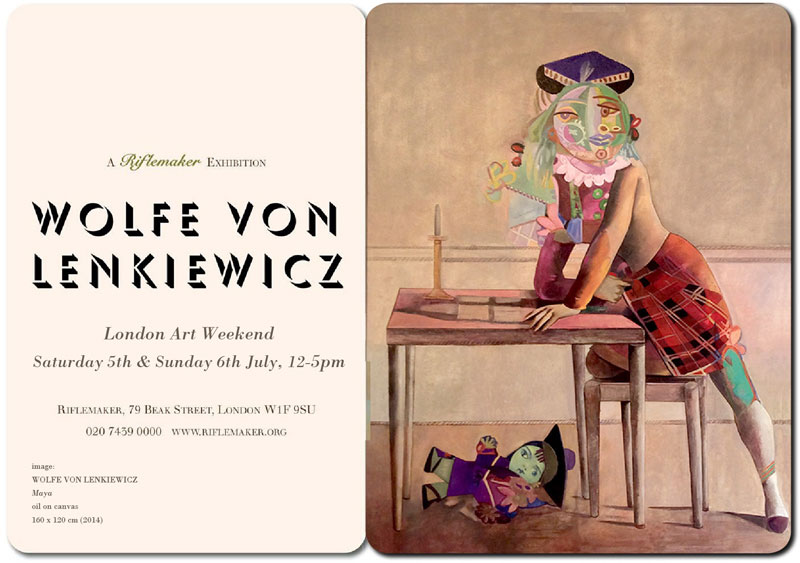
pdf book of works in the exhibition
Riflemaker is pleased to present the debut exhibition at the gallery by WOLFE von LENKIEWICZ
Private View: Tuesday 3rd June 2014
Opening Hours: Monday - Friday 11am - 7pm, Saturday 12 - 6pm
Wolfe von Lenkiewicz is a British-born artist of German-Polish-Jewish descent whose paintings use imagery from classical art as well as ideas from contemporary life. Born into a dynasty of painters, his great-grandfather was Baron von Schlossberg, court painter to King Ludwig II of Bavaria, his father was the British painter Robert Lenkiewicz.
Lenkiewicz (b.1966) graduated from the University of York with a degree in Philosophy, specialising in Contemporary Epistemology (the philosophical study of the nature, limits and grounds of knowledge) which has influenced and guided the conceptual side of his work as an artist. He is known for his immaculately rendered (re)mixing of familiar modes and idioms from art history, creating ambiguous compositions which question accepted critical thought and ideas. His work features in numerous international collections.
The artist's chief concern is our use of language and its re-interpretation with regard to the visual arts. Lenkiewicz's disruptions highlight our own complacency toward key components we have come to both accept and rely on. Our knowledge of various artist's 'stylistic signatures' has become so ingrained that we take them for granted. It is not until they are questioned that we realise how much confidence we place in them. Oscillating between painting, drawing and sculpture, the provocative nature of Lenkiewicz's work demonstrates the infinite possibilities which exist by combining and re-interpreting the images of our time.
In one painting at Riflemaker Lenkiewicz makes interventions into the story of Snow White framing the information inside Mondrian's familiar 'grid'. In another, a Picasso-esque late 1960's 'Le Roi'/'Cavalier', Lenkiewicz makes references to Picasso's contemporaries (Matisse, Rousseau) made by the artist throughout his career as well as Velasquez, Frans Hals, Rembrandt, Bateau Lavoir-era Cubism, double profiles and literary illustration (John Tenniel) - all contributing recognisable aesthetic to this new 'real thing'. In another series Lenkiewicz creates paintings by the great classical Masters; Chardin, Gericault, which may have once existed, according to various biographical sources, but were unfinished, abandoned or lost.
The history of art can be seen as a series of compromising developments from one movement or style to another. Lenkiewicz operates within the formal structures of drawing and painting. His flawless execution is imbued with a Humanist and Renaissance understanding of iconography, the difference in the freshly made 'masterwork' being the contemporary proposition of this new creation.
On this supposition, the artist considers the destruction of 'classical culture' under the influence of the trivialisation of the world. The works prove that 'subculture' grafts neatly onto even the most formal representation. This crossing of references leads to new hybrids. With his technical ability, the artist seduces and transfixes the viewer. His transcriptions are made with reverence, never mocking or parodying his subjects. Lenkiewicz gives taken-for-granted visual language a free ride into the modern world, liberating art-historical iconography from the shackles of history into a new universe of meaning.
image: 'DRINK ME' by Wolfe von Lenkiewicz, oil on canvas 210 x 160 cm (2013)
www.riflemaker.org
Riflemaker: 79, Beak Street, London W1F 9SU - 0207-439-0000 m: 07794-629-188
------------------------------------------------------------------------------------------------------------------------
FRANCESCA LOWE
(BORN 1979) LONDONCURRICULUM VITAE
Francesca Lowe's new paintings, from the series titled 'Flush' have just been installed at
The House of St, Barnabas, 1, Greek Street, London W1D 4NQ 0207-437-1894
for opening hours: www.hosb.org.uk or call Riflemaker: 07794-629-188
FRANCESCA LOWE: 'Flower Paintings' (2014)
This new series of paintings by London-born Francesca Lowe developed through the artist thinking about the term "still life" - the words "still" and "life" and the polarity between them. The paintings explore ways to infect stillness with life and life with stillness.
Visually, a 'cut' bloom, a 'still' photograph, a floral 'motif' (quiet, truncated elements) and applied layers of pattern operating at different physical depths within each painting, create visual oscillations. Some aspects of the images and patterns are familiar (sampled from Op art, wallpaper, clip art, curtains; 'pop culture' references). This familiarity lends itself to the very idea of stillness, perhaps due to its relation to known-ness. The loop of 'known-ness' or 'what we are used to' disrupted, turned unfamiliar and then lost is what Lowe appears to be interested in depicting as it echoes the ebb and flow of "life" itself.
Riflemaker London - 07794-629-188 www.riflemaker.org
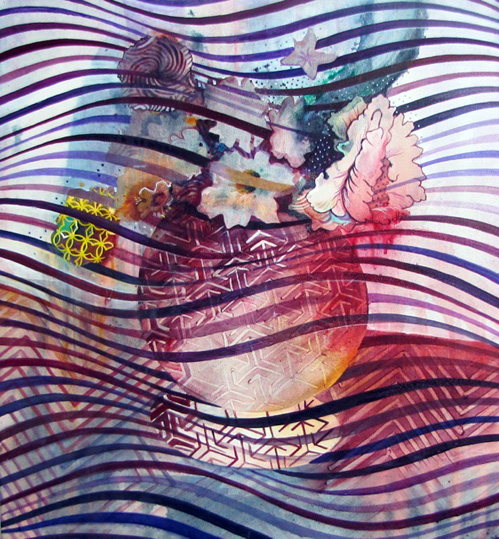
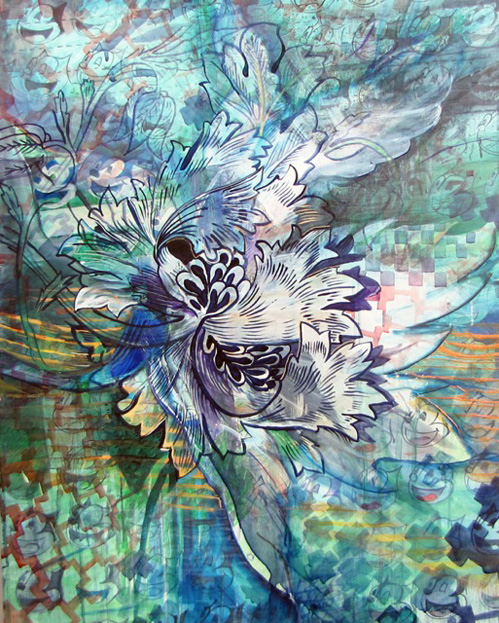
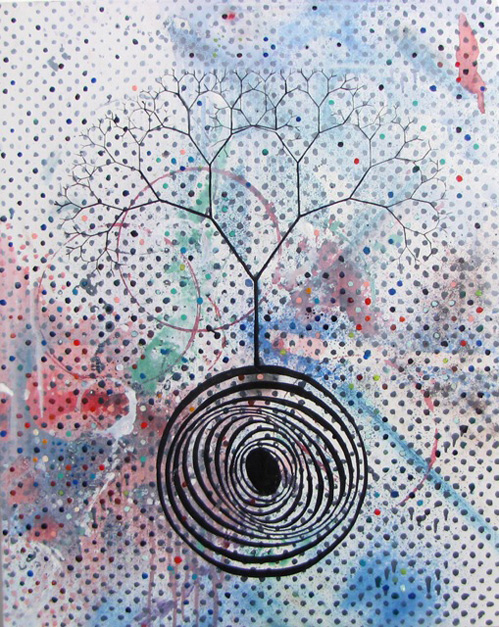
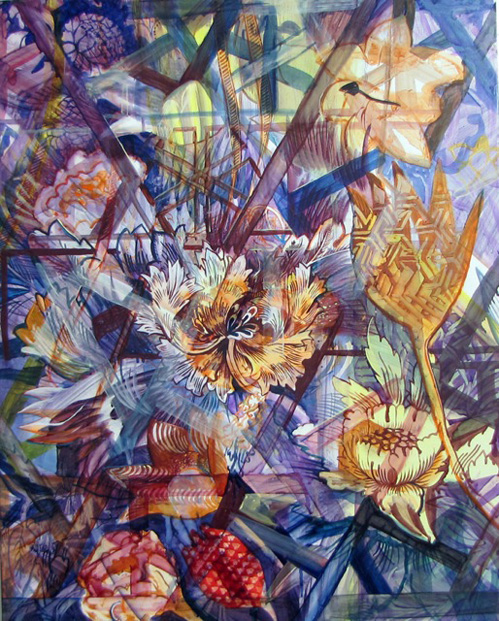
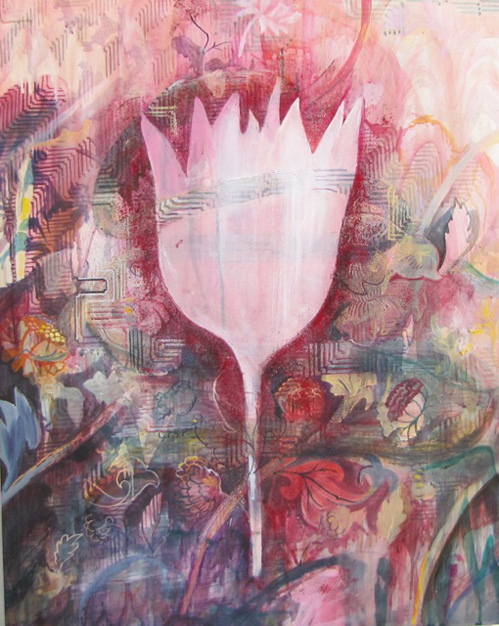
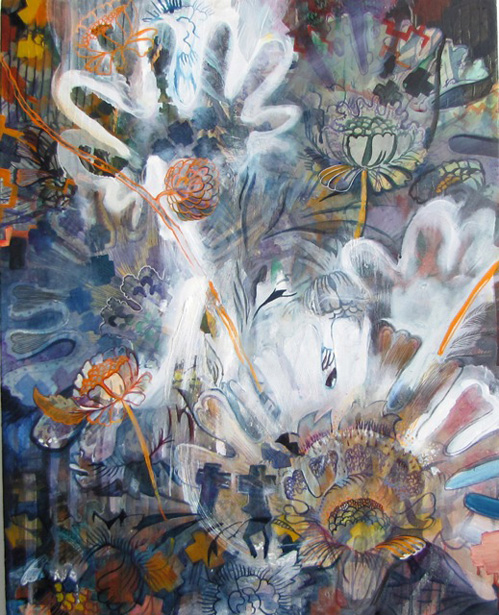
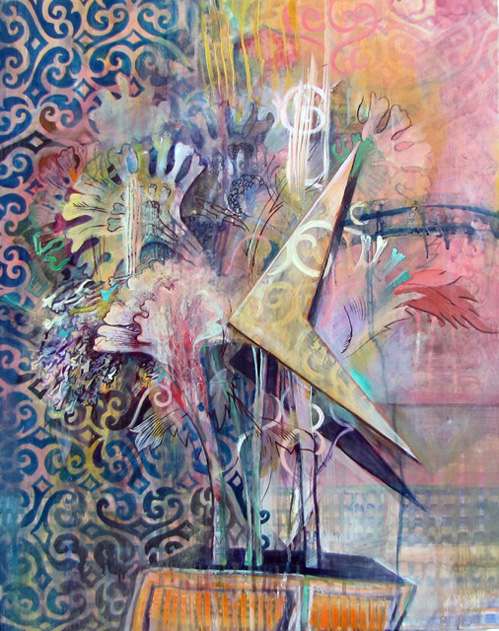
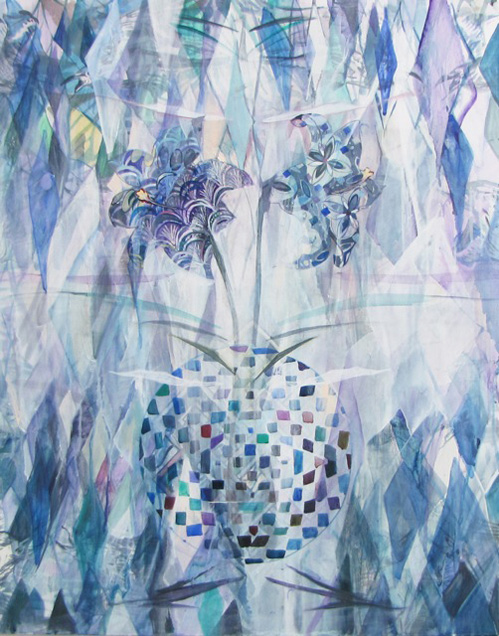
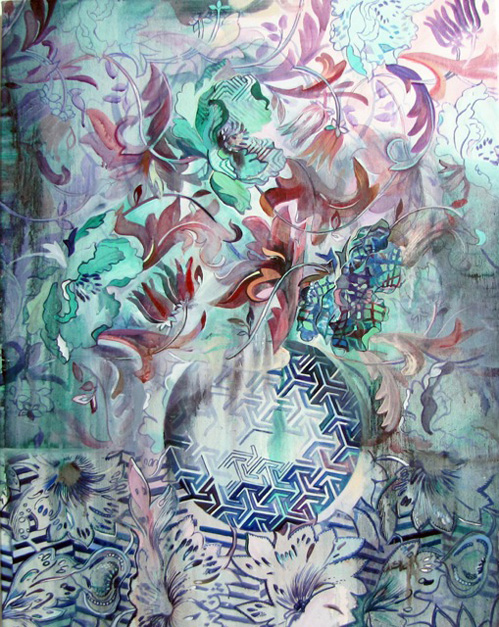
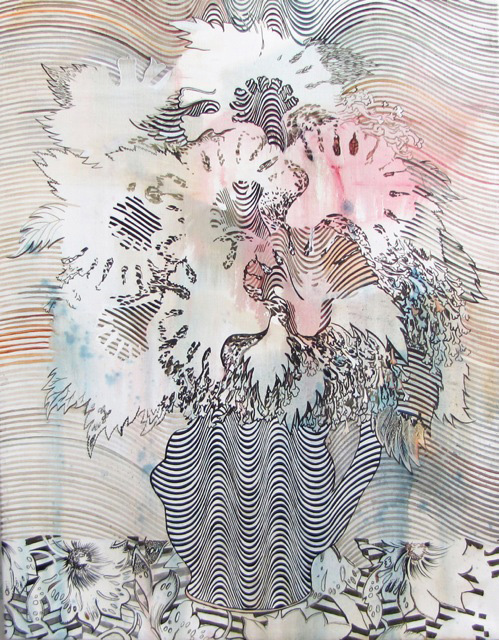
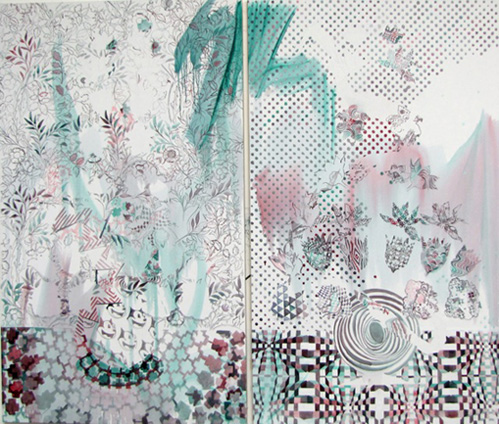
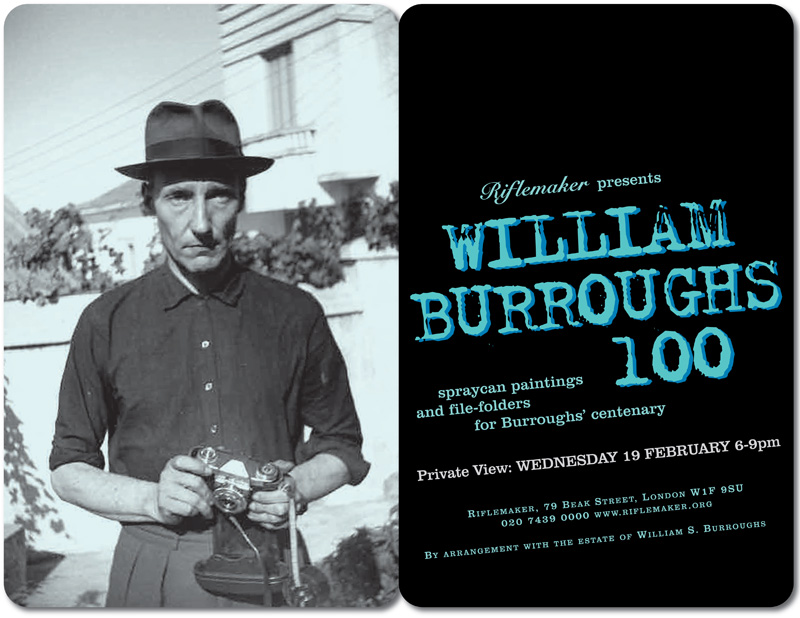
WILLIAM BURROUGHS 100
is the latest display of William Burroughs' visual art at Riflemaker.The exhibitioe n celebrates what would have been the 100th birthday of the American novelist, short story writer, essayist, painter, sculptor and spoken word performer.
The works on show at Riflemaker will include his paintings on illustration boards and manila folders, 'stencil' drawings, wooden board sculptures and photography. Just five minutes walk from Riflemaker the exhibition 'Taking Shots' (Burroughs' little known photography work) has just opened at the Photographer's Gallery in Ramillies Street
(off Oxford Street) www.photographersgallery.com
for more: [email protected] 0207-439-0000 mob: 07794-629-188
----------------------------
William Seward Burroughs II (also known by his pen name William Lee; February 5, 1914 - August 2, 1997) was a primary figure of the Beat Generation and a major postmodernist author, he is considered to be "one of the most culturally influential, and innovative artists of the 20th century"
Burroughs' influence is considered to have affected a range of popular culture as well as literature. He published eighteen novels and novellas, six collections of short stories and four collections of essays. Five books have been published of his interviews and correspondences. He also collaborated on projects and recordings with numerous performers and musicians, and made many appearances in films.
Norman Mailer: "William Burroughs may be the only American writer who may be conceivably possessed by genius"
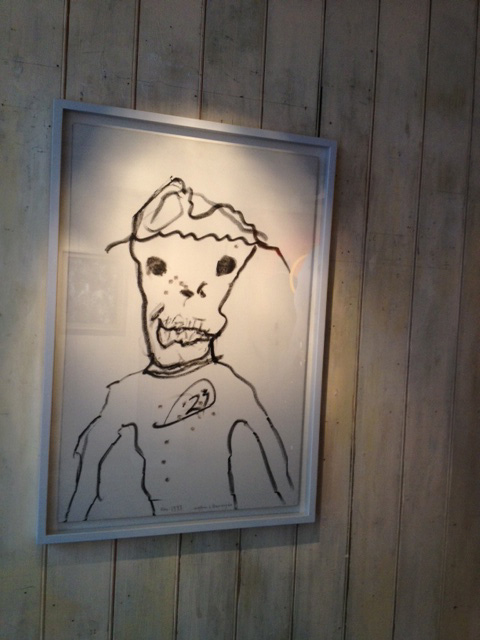
WILLIAM S. BURROUGHS
'Untitled' (23 Badge)
with 23 bullet holes
black felt marker on canvas (framed) (1993)
100 x 70 cm
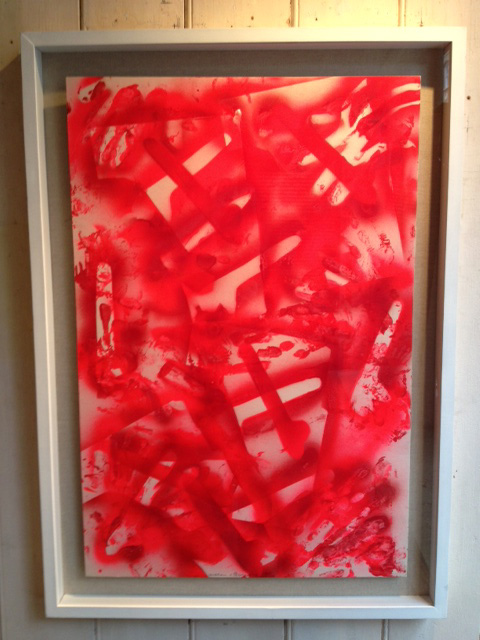
WILLIAM S. BURROUGHS
'Red Pricks'
fluorescent spraypaint and stencils
on illustration board (1989)
62 x 45 cm
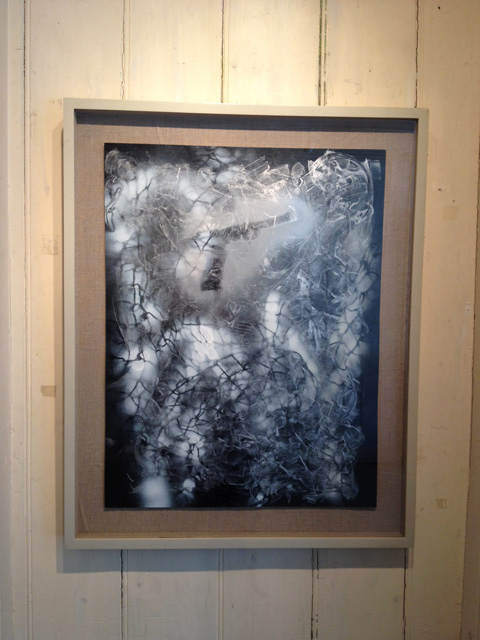
WILLIAM S. BURROUGHS
'Exhibit X'
Silver and white acrylic spraypaint
with gun and net stencils on card
58 x 44 cm, framed (1989)
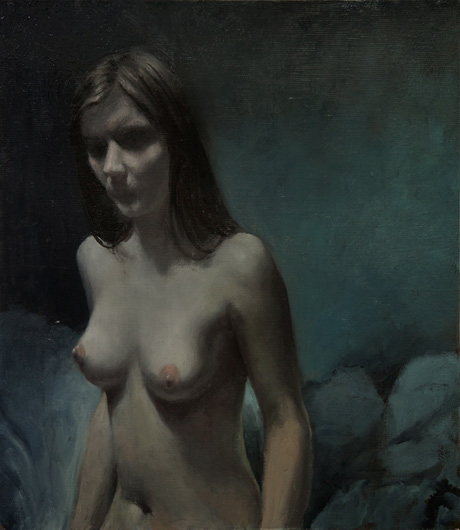
Now
STUART PEARSON WRIGHT
'LOVE & DEATH'
"Stuart Pearson Wright's work is masterly and contemporary, as well as slightly unnerving and surreal" Sarah Howgate, contemporary curator, National Portrait Gallery, London
Stuart Pearson Wright (b. 1975) is considered the most gifted portraitist of his generation with twenty-seven paintings in the collection of the National Portrait Gallery
But Wright refers to his own paintings as 'pseudo portraits' presenting as they do a subject's 'inner state' rather than just an accurate record of their outward appearance. (ref: Phaidon's 'Painting Today' 2013: Stuart Pearson Wright: pages 37, 180, 437, 420).
The works in the new exhibition at Riflemaker, all made within a specially constructed 'blue room' within the artist's studio, offer a view of the human experience. Wright's powers of observation as a reluctant portraitist circumnavigate familiar stereotypes and settings to create genuinely moving and perceptive portraits of real individuals.
